
Reborn Lister-Jaguar Sports Racer
By Dean Larson
Photos: Seller, Classic Auto Mall
Sports car technology was starting to move fast by the late 1950s, and companies like Ferrari, Aston-Martin, Maserati, Mercedes and Jaguar were investing all available resources to be the best. That’s some stiff competition for any newcomer to thrive in, but that’s exactly what Brian Lister’s cars did. A rare example of Lister’s most iconic model, this reconstructed Lister-Jaguar was nearly lost before its chassis was plucked from a Dallas, Texas swap meet in the ’70s and given a new lease on life.
Lister cars traces its roots back to Cambridge in 1954, when Brian Lister dreamed up his first sports cars at his father’s iron works facility, George Lister and Sons. The car was powered by a hopped-up MG engine and transmission, and rode on a tubular ladder chassis with a de Dion rear axle and inboard drum brakes in the rear. Lister’s cars were immediately successful, especially with the charismatic Archie Scott Brown behind the wheel — an extremely talented driver who overcame numerous physical disabilities. Lister was already making big moves before the year’s end, and swapping to a more powerful Bristol 2.0-liter engine and knock-off wheels led to a successful performance in the 1954 British Grand Prix at Silverstone.
Numerous Bristol-powered Listers were campaigned through 1955 with varying styles of aerodynamic bodywork, but these cars saw limited success. It wasn’t until 1957 that Lister had another winner on its hands, which was an all-new, low-slung racer with Jaguar 3.4-liter power. Lister invested a significant amount of effort to ensure that these new bodies had good aerodynamic qualities, predominantly with as little frontal height as possible. This lead to numerous curved shapes over the car’s functional components, and its affectionate nickname the Knobbly.
The cars were again immediately successful, especially with (you guessed it) Archie Scott Brown behind the wheel, who took first place at the British Empire Trophy race at Oulton Park in April 1957. Scott Brown would go on to win a staggering 12 of 14 races that year, solidifying the Knobbly’s name and catching the attention of big names like Briggs Cunningham, Jim Hall, Carroll Shelby and Ecurie Ecossee.
The Lister seemed unbeatable, until a tragedy struck at Spa-Francorchamps in 1958 when Scott Brown was killed behind the wheel of his Lister-Jag, which proved to be a huge loss to the company and Brian Lister himself. Lister sold and campaigned Knobblies into 1959, before beginning work on a new body with aerodynamicist Frank Costin, and eventually adopting Chevrolet V8 power. Admittedly, Scott Brown’s death had cast a shadow on racing for Brian Lister, and he withdrew from competition by the end of 1959.
It seems that Lister’s records are long gone, but the best figures estimate that around 12 Lister-Jaguars were built from 1957 to 1959, of which only a handful of factory works cars are believed to remain. Any Lister Knobbly out there today is understandably quite valuable, and a thriving replica and continuation market exists for these cars today. The story of this car, known as BHL 113 is almost too romantic to believe, as its chassis was recovered at a swap meet in Dallas in the 1970s by a fellow named Leroy Edwards. It was sold to U.K. ownership years later, arriving in 2013, and its owners went through metallurgical testing to confirm its origins. The seller claims that the chassis samples matched two other known Listers, helping solidify its story. While documentation is everything on this front, we were able to find additional mention of said metallurgical testing regarding a known Knobbly sold January of 2021 by RM Sotheby’s.
Reconstruction of the car’s telltale bodywork was coordinated by Terry Larson of Mesa, Arizona, who allegedly was able to locate the owners of Lister’s original bucks for the construction of a lightweight aluminum body. Larson painted the car in its rich gloss black finish and tracked down correct magnesium wheels and Dunlop racing tires for the project. The seller seems to identify that an original Jaguar engine was found with the chassis (or possibly located in subsequent years), but the block was unfortunately not salvageable after throwing a rod. While a replacement block was sourced, the builders were apparently able to salvage the twin-plug, wide-angle cylinder head that came with the engine, which certainly has to be a valuable piece. The seller reports that the engine should produce around 340 hp. A five-speed transmission backs the Jaguar engine for comfortable street driving.
Upon request, the interior was completed to a more comfortable specification than would be typical of Lister race cars. Green leather adorns most surfaces, and the dash is accented by Smiths instruments and a walnut wood-rimmed steering wheel. Bonus points are awarded for the Lucas fuse panel and the array of era-correct switches on the dash.
The selling dealer states that even though BHL 113 was constructed to be a driver, the car has been approved by the FIA. Upon its completion, the Lister-Jag was taken on a 1,000-mile road trip through Montana — what a surreal experience that must have been.
The consigning dealer, Classic Auto Mall in Morgantown, Pennsylvania, is offering BHL 113 at $640,000. Considering an original ’58 works car was sold by RM Sotheby’s for $802,500 in January of 2021, that price seems a little high, but there could be more to the story.

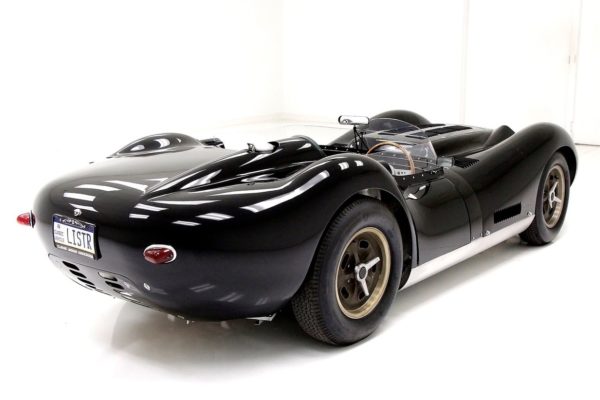
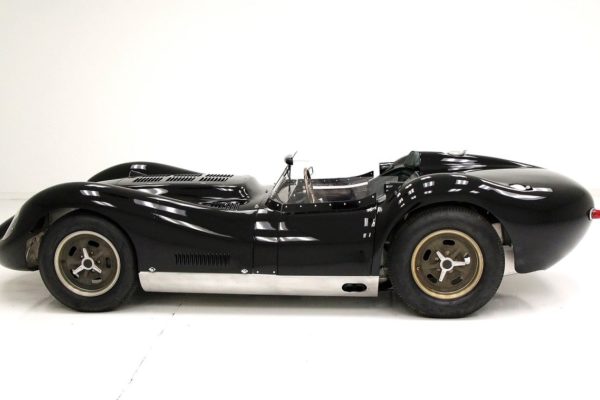
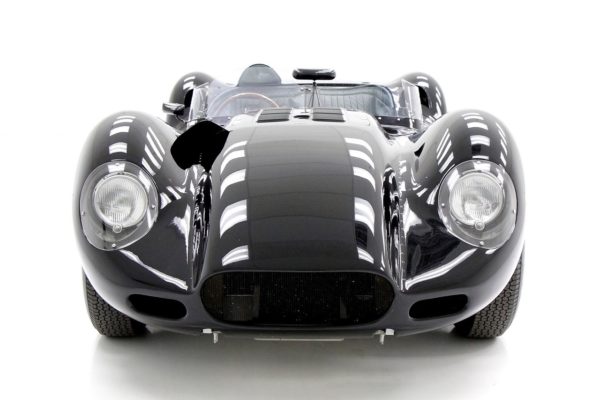
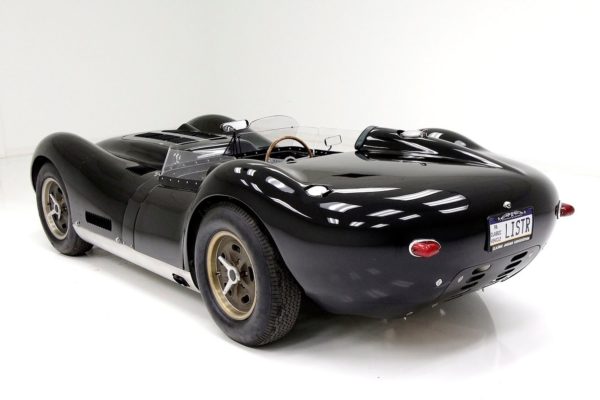
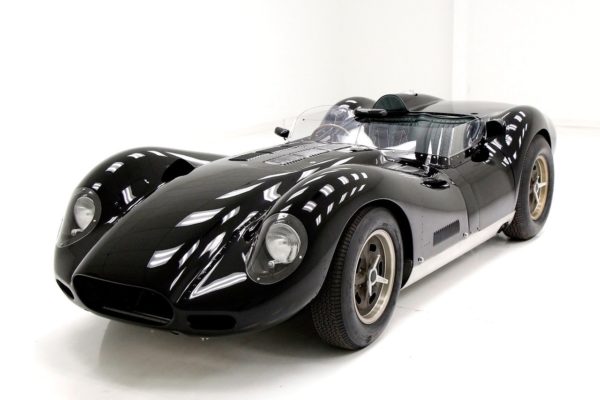
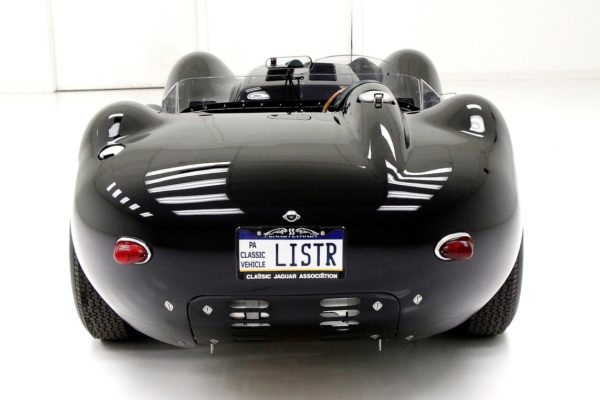
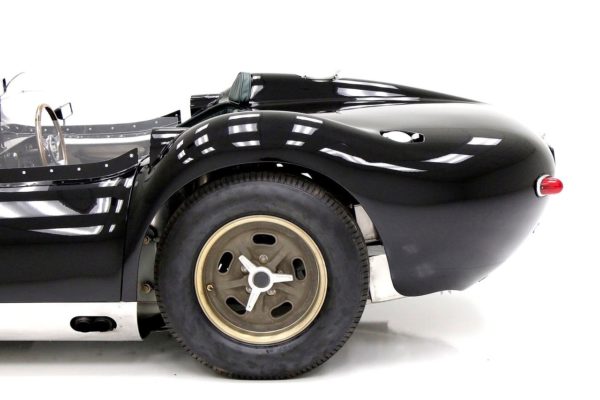
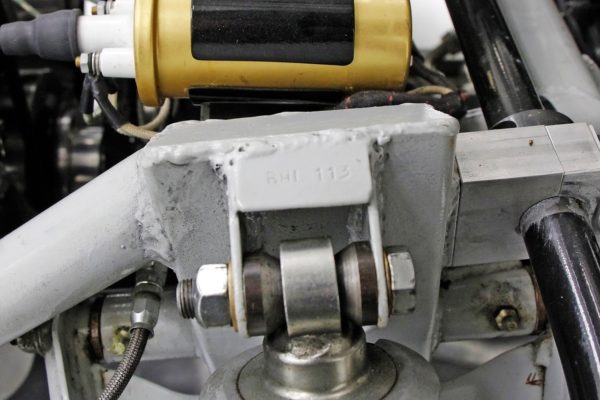
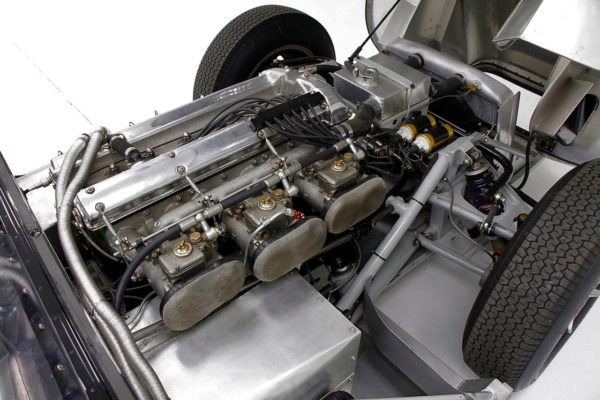
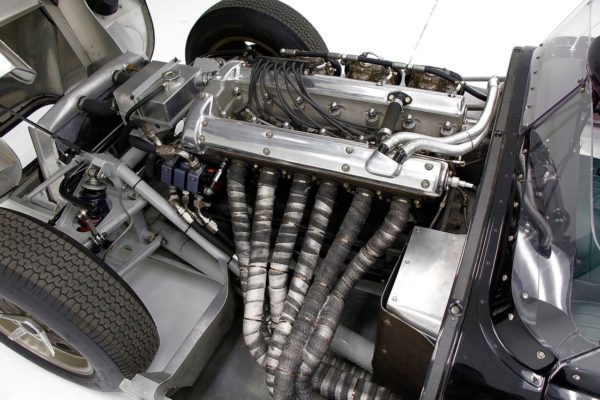
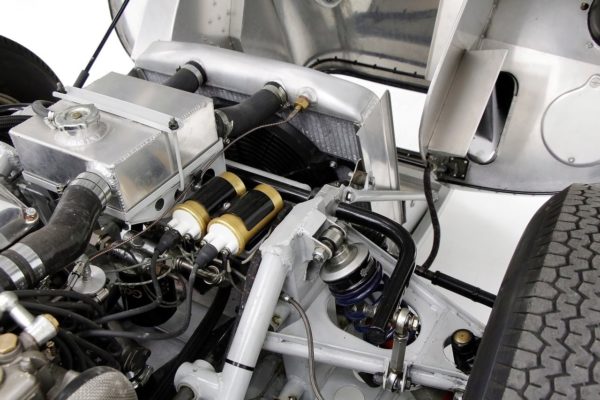
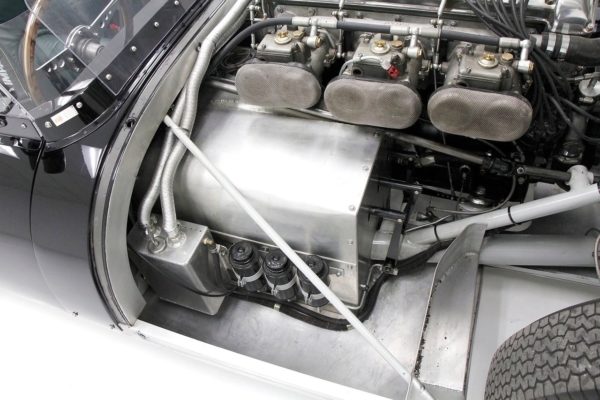
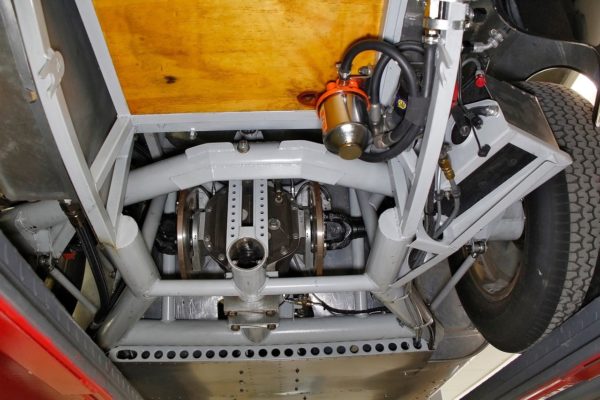
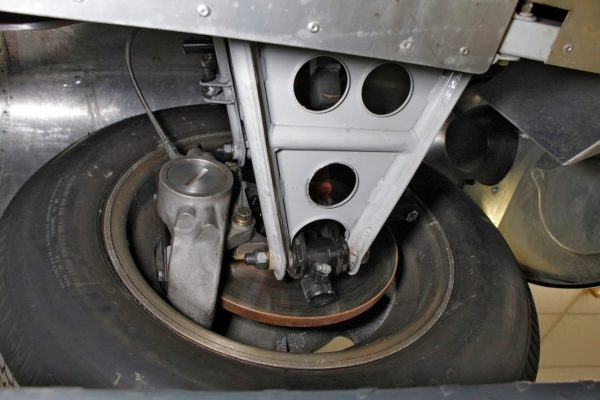
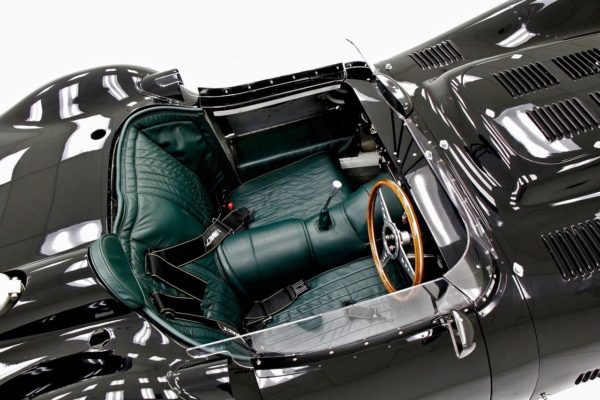
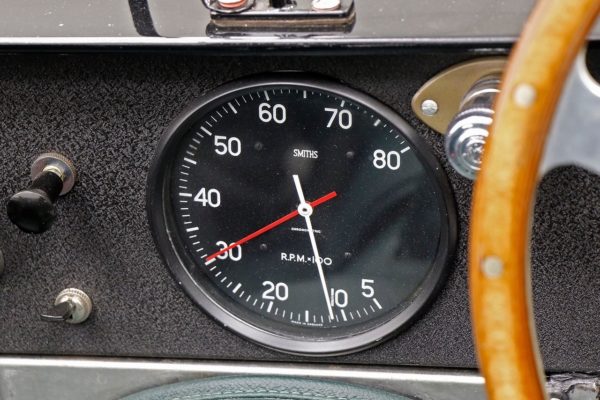
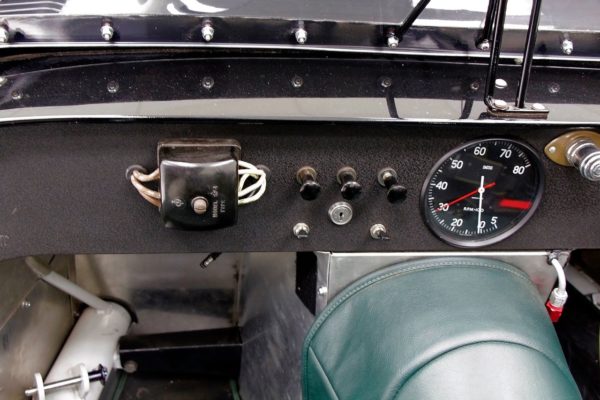
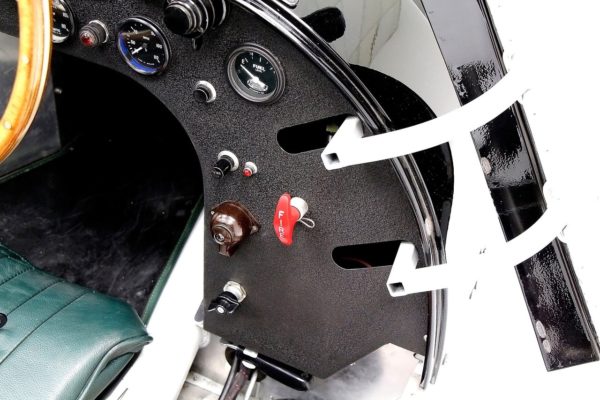
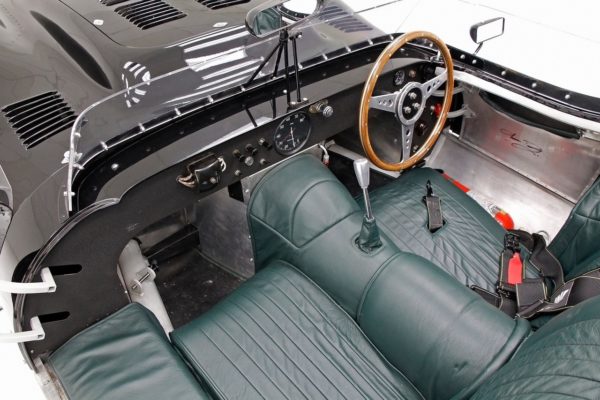
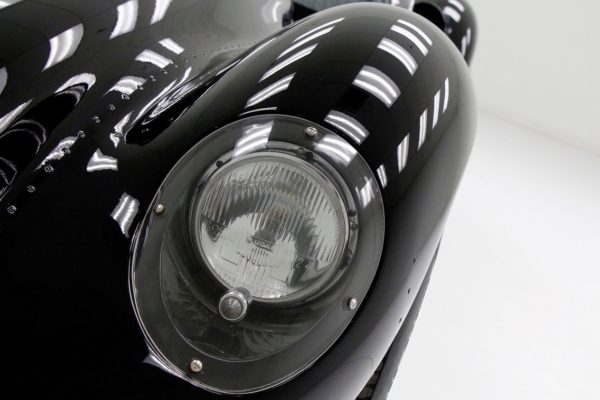
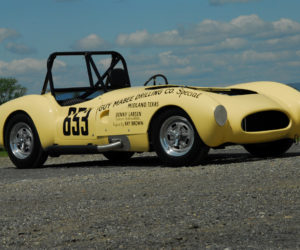
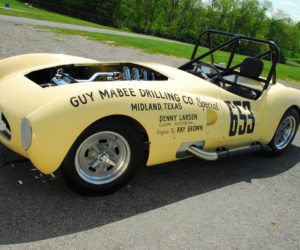
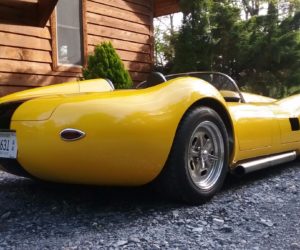
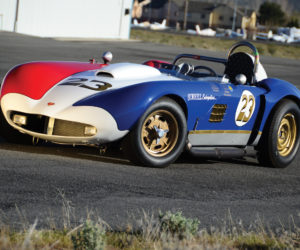
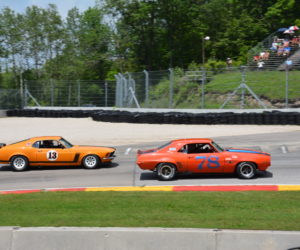
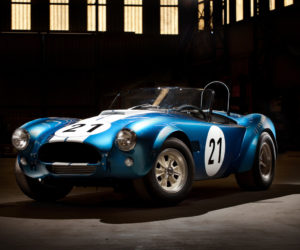




Comments for: Reborn Lister-Jaguar Sports Racer
comments powered by Disqus